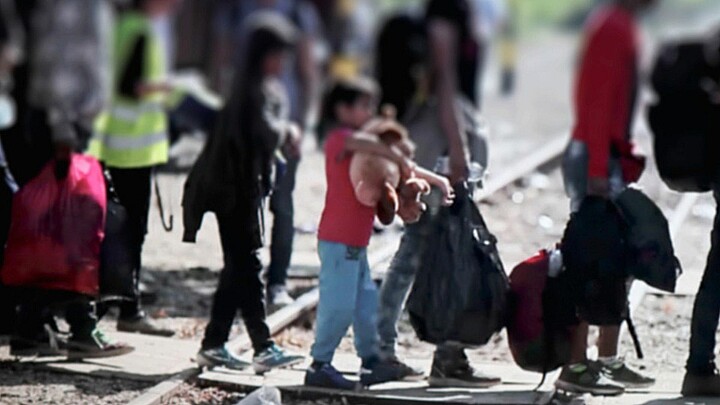Immigration
Terror watchlist arrests on the rise at the border
So far in the Fiscal Year 2023, which started on Oct. 1, 38 terror watchlisters have been arrested and the number is expected to increase

January 24, 2023 7:15am
Updated: January 24, 2023 9:18am
Apprehensions of individuals on the federal terrorism watchlist have increased at the U.S.-Mexico border during the last few months of 2023, according to data from the U.S. Customs and Border Protection (CBP).
So far in the Fiscal Year 2023, which started on October 1, 38 terror watchlisters have been arrested and the number is expected to increase, the CBP added.
In Fiscal Year 2022, the CBP arrested 98 individuals on the terror watchlist. In comparison, the CBP made 15 arrests related to the terror watchlist in Fiscal Year 2021.
With the rise of apprehensions last fiscal year and the current fiscal year, the CBP expects the number of apprehensions of individuals on the terror watchlist to exceed 150 in 2023.
“The Terrorist Screening Dataset (TSDS) – also known as the “watchlist” – is the U.S. government’s database that contains sensitive information on terrorist identities,” the CBP explained.
“The TSDS originated as the consolidated terrorist watchlist to house information on known or suspected terrorists (KSTs) but has evolved over the last decade to include additional individuals who represent a potential threat to the United States, including known affiliates of watchlisted individuals,” it added.
The rise of apprehensions of individuals on the terror watchlist comes as an unprecedented influx of undocumented migrants is attempting to cross the border. In December 2022, the number of border encountered surpassed 250,000 for the first time on record. However, the actual figure of migrants crossing the border is expected to be higher because official data does not include the thousands of “gotaways”—people who successfully evaded authorities—that made it across the border.










